The Eighth Original Writing Competition
Senior High School Group
Platinum Award
Written by Ruan Shaoxin,
Ningshan Middle School, Ningshan County, Shaanxi Province
Date: October, 2020
Sour, sweet, bitter, spicy, and salty are the flavors that both season life and bring delicious diversity to food. The fruit of the magnolia vine, a medicinal plant that grows in my home region, reflects all five of these flavors. The famous Song Dynasty physician Su Song described this fruit, writing “The skin and flesh of the magnolia berry is initially acidic before surrendering its sweetness, with the sweet notes mild relative to the sour. The pit, spicy at first, gives way to bitterness, with bitter notes eclipsing the spicy. There is a hint of saltiness in the experience as well. This fruit, which touches all points on the flavor palate and in which sour and bitter notes dominate, is known as the ‘five-flavor’ fruit.” Today, most people think of the magnolia berry as a fresh fruit or an ingredient in traditional Chinese medicine. However, for upland farmers, magnolia berries are a valuable economic resource that can be processed and used in many ways.
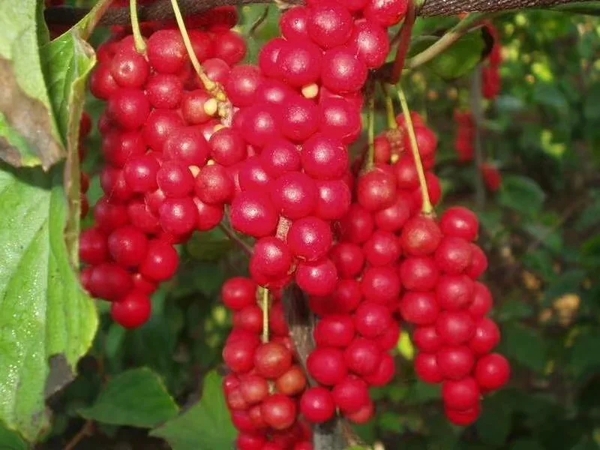
“Under a darkened sky set with stars, droplets of rain fall beneath the mountain.” Rows of magnolia vine saplings feed greedily upon nature’s nurturing nectar by night and soak in the sunshine by day. They unfold their tendrils and spread outward. Clusters of green-pea-like berries get fuller by the day and, when rains come to call, they delight in a mischievously merry game of hide-and-seek. As they ripen, these berries turn from green to red, becoming soft and supple. Field upon field of green vines hung with clusters of ripe, red berries are truly a sight to see. Up close in the sunlight, these berries, couched in jadeite-green leaves, appear as artfully arranged bundles of polished red agate beads - each one a masterpiece, making one reluctant to eat.

With the arrival of magnolia berry season each August, all head to the hills in search of a bountiful harvest. Because picking either too early or too late will harm the quality and value of final magnolia berry products, farmers check daily on ripening progress. In their fields, the farmers regularly console themselves, saying “Not ripe enough yet, but no problem. Waiting a bit longer will ensure I fetch the best price.” But each trip is never in vain. Before leaving the farmers always pop a few berries in their mouth, biting down with a pop that releases a small burst of juice onto the tongue. Its complex flavor profile is distinctly bitter with a hint of sweet and sour with a hint of saltiness, with an unmistakably spicy aftertaste.
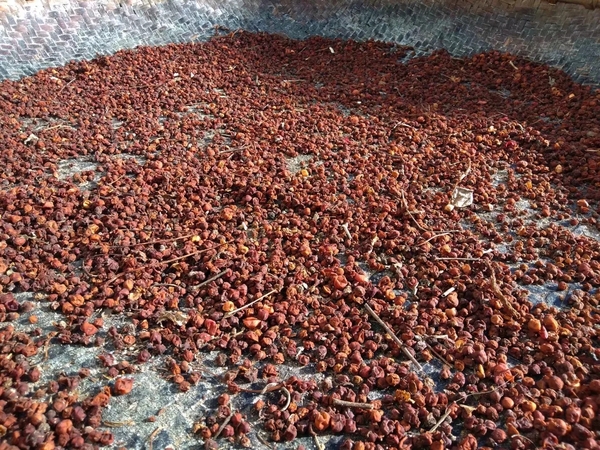
Once harvested, most magnolia berries are dried in the sun. This multistage process produces dried berries that fetch higher market prices. The harvested berries are first washed and then blanched to better retain their color through the drying process. But this isn’t the only way to do it. Wise farmers have come up with a way to get the same results with just half the effort. On good-weather days, magnolia berries are folded between layers of plastic film and set out to dry. This achieves the same effect as water blanching with significantly less work.
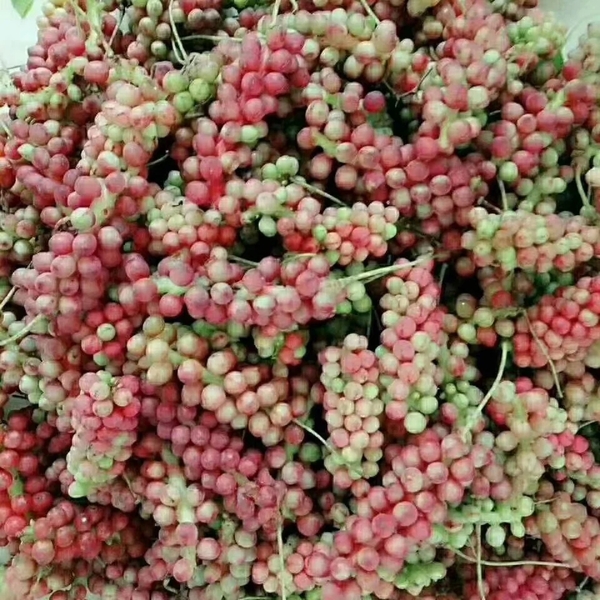
In the sun, the berries need to be regularly turned over to ensure even drying and optimal color. If not careful, the berries on top will desiccate and weigh less for sale, while those on the bottom will stay damp, which could lead to mold and a big loss in value. Obtaining perfectly sundried, evenly brown berries takes great care. But even after all this, the dried berries aren’t yet ready for sale. The remaining stems still need to be removed. This too is not as easy as it sounds. A good half day of hard work is the minimum necessary to achieve clean, market-ready berries.
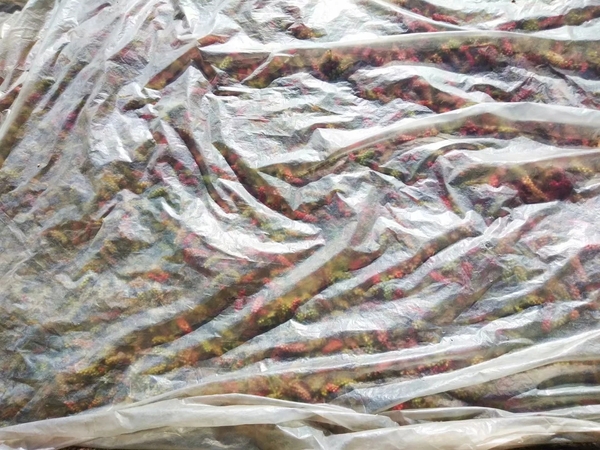
Through this process, farmers are themselves expressing the full, multifaceted flavor potential of magnolia berries. Farmers ‘sourly’ wait in anticipation of the harvest. Under the sun, they experience the ‘spicy’ agitation of tending to their film-wrapped berries. Next, they must delve into the ‘salty’ details of turning berries to dry them evenly. The ‘bitter’ job of painstakingly removing stems comes next followed, finally, by the ‘sweetness’ of making the sale in exchange for hard-earned currency in hand.
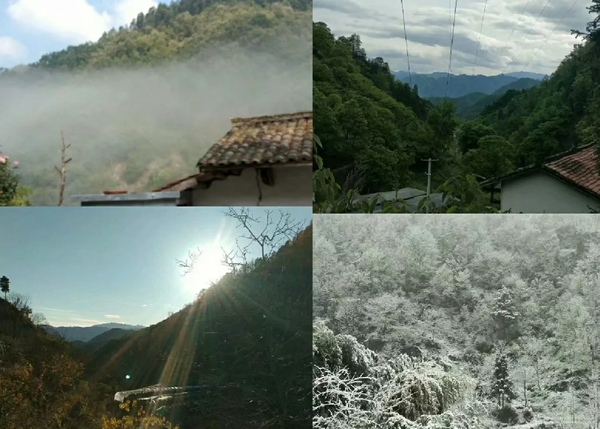
If you want to experience for yourself the exceptional flavors of the magnolia berry, please come to my hometown in the Qinling foothills. Share with the villagers here the authentic taste of these berries and the authentic flavors of life.
Reviewer 1
The author uses magnolia berries, an herbal ingredient and fresh fruit grown on the slopes of Qinling, as the subject of this essay. The sour and bitter flavors of this fruit are presented alongside the ‘five-flavors’ that saturate the hard work of growing, harvesting, blanching, and drying these berries. The narrative is emotionally moving and portrays the multifaceted flavors of life.
Reviewer 2
The author, focusing on a hometown specialty product in this essay, compares the five flavors of the magnolia berry to the ‘five flavors’ of life. The story is tight, the narrative flows smoothly, and the subject evokes compassion for the difficulties of farming life while showing the sweetness that can be earned from diligence and hard work. The picture and text work well together, and the story is warmly touching.
